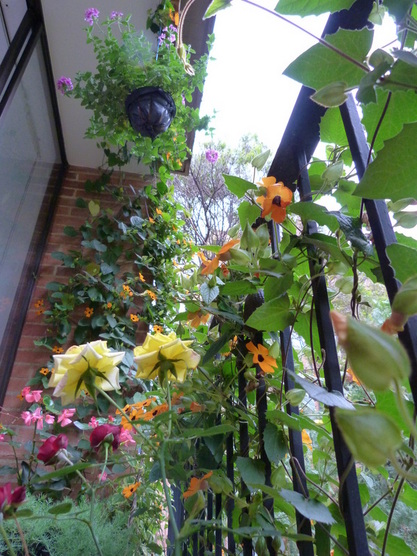 The balcony off my living room in Bogotá.
The balcony off my living room in Bogotá. Balcony biodiversity is one new emphasis of urban environmentalists and it is gaining traction in some cities. The Royal Horticultural Society in the UK held a competition on balcony biodiversity last year and there are a few British bloggers who cover balcony gardening. It's not surprising that the UK leads in this (there are few countries as addicted to gardening), but what is encouraging to me is evidence of serious balcony gardening in cities all over the world - and its potential for supporting and increasing biodiversity.
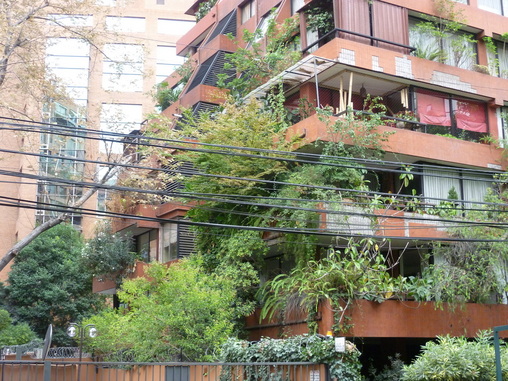 Cascading vegetation from balconies in a central Santiago neighborhood.
Cascading vegetation from balconies in a central Santiago neighborhood. 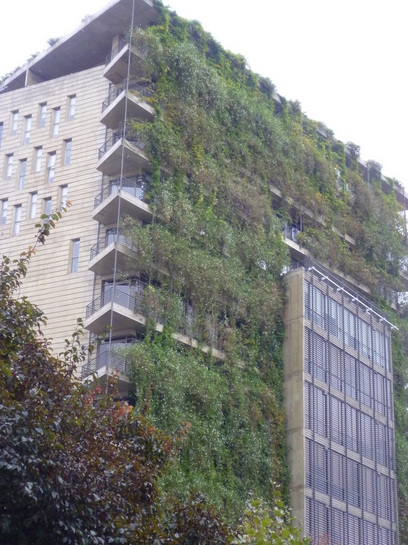
The city of Santiago has a green plan, Santiago Verde, which nicely complements Santiago's green balconies. The city is planting 250,000 new trees every year and designing new thematic plazas which will be named after the types of trees planted. There will be, for example, literary plazas, gastronomic plazas and medicinal plazas, each harboring on average 50 species of trees famous in literature, food and medicine, respectively. This program is part of Chile's national Proyecto Forestación Urbana, wherein 17 million trees will be planted in Chile's cities. I saw a lot of progress within the city and in Santiago's outlying areas.
A sampling of Santiago's green balconies and verandas
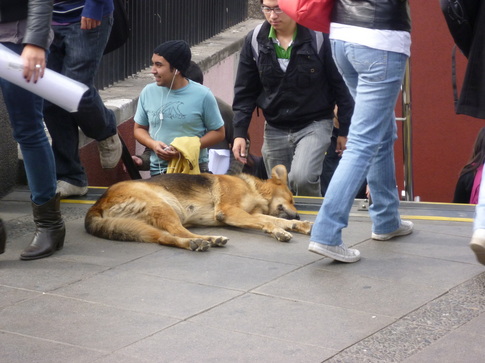 Dog asleep at the busy entrance to a metro stop in central Santiago.
Dog asleep at the busy entrance to a metro stop in central Santiago. 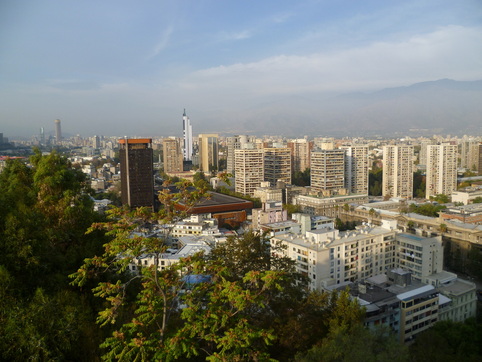
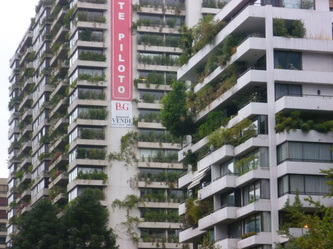
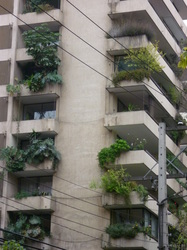
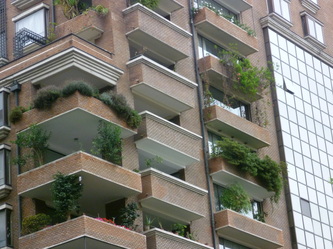
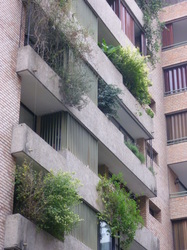
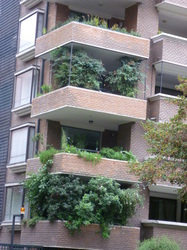
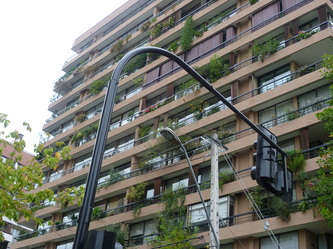
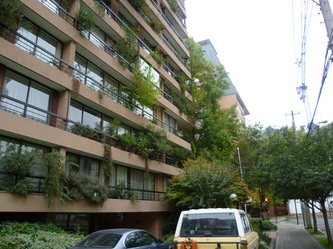
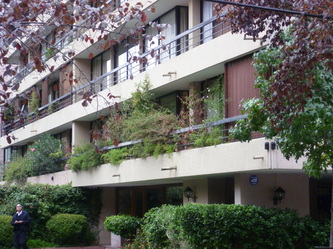
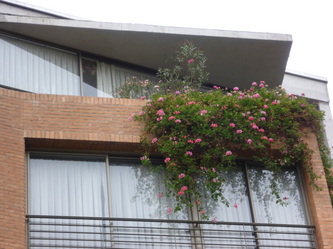

 RSS Feed
RSS Feed

